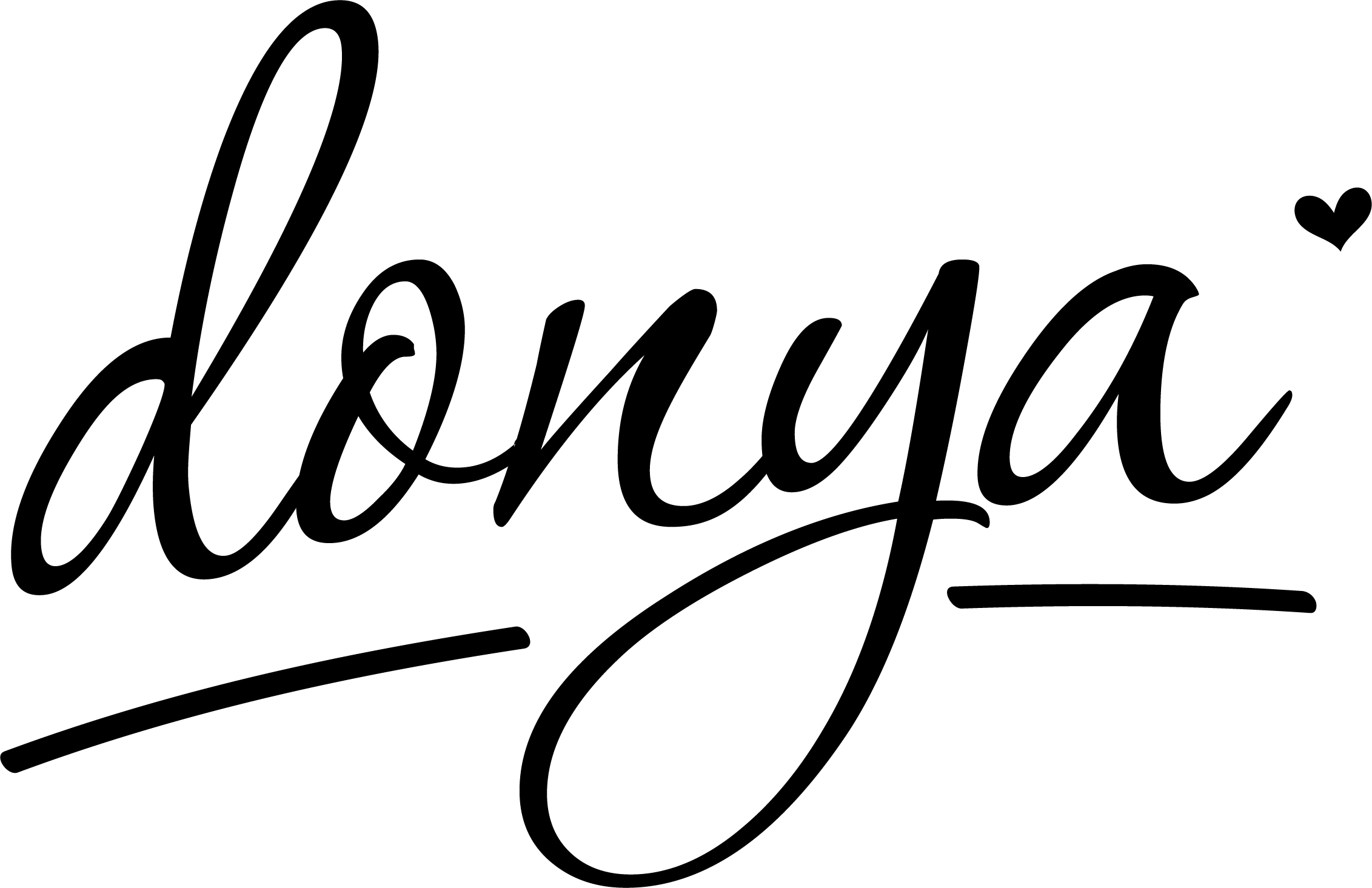
January is Human Trafficking Awareness Month
The term “human trafficking” is a bit of a buzz word right now. It is getting a great deal of attention in the media, but it is anything but new. In fact, it has been recorded in the earliest of records such as the Code of Hammurabi (ca 1760 BC) and the Bible. You might know it better as the term “slavery.”
The official title pronounced by President Barack Obama in his press release on December 30, 2011 declares January to be the “National Slavery and Human Trafficking Prevention Month.” This document references the Emancipation Proclamation of January 1, 1863 and the 13th Amendment abolishing slavery in the United States on February 1, 1865 under President Abraham Lincoln. Many think these dates signified the end of slavery in our country. Sadly, there are more slaves today than ever before in the history of the world.
An article from BBC News states that using ship records, the number of slaves at the height of the trans-atlantic slave trade can be estimated at 12.5 million people. Today’s estimation, recorded in the same article, is 27 million people—more than double the number of slaves before the legislation banning slavery began with William Wilberforce’s work in Britain in 1807.
The worldwide slave trade brings in an estimated $32 billion dollars a year (2009 International Labour Conference Report). That’s big business, tied to the international arms trade and second to the drug trade. It is also believed to be among the fastest growing illegal enterprises (Polaris Project).
Since becoming aware of human trafficking myself and trying to raise awareness over the last few years, I have often been asked questions like: What is human trafficking? How can it be prevented? What are the signs? How can I help? It is my hope to answer these and other questions over several posts during this month of January. The information shared will only be a small light into a very dark hole, but I hope it will help others better understand the problem and better equip themselves to fight it in their communities.
Join the conversation:
Post your comments and questions on human trafficking in the comments section below.
Photo credit: AlicePopkorn / Foter.com / CC BY-NC-ND
References:
“History of Slavery.” Wikipedia. 4 January 2014 at 10:05. Web. 5 January 2014
Obama, President Barack. The White House: Office of the Press Secretary. “Presidential Proclamation — National Slavery and Human Trafficking Prevention Month, 2012.” 31 December 2011. Web. 5 January 2014
Hogenboom, Melissa. BBC News. “A tipping point in the fight against slavery?” 18 October 2012 Last updated at 19:11 ET. Web. 5 January 2014
“William Wilberforce”. Encyclopædia Britannica. Encyclopædia Britannica Online. Encyclopædia Britannica Inc., 2014. Web. 5 January 2014
“The Cost of Coercion: Global Report under the follow-up to the ILO Declaration on Fundamental Principles and Rights at Work.” International Labour Conference 98th Session 2009 Report I(B). International Labour Office: Geneva, Switzerland. <http://www.ilo.org/wcmsp5/groups/public/—ed_norm/—relconf/documents/meetingdocument/wcms_106230.pdf>.
“Human Trafficking.” Polaris Project. 2013. Web. 5 January 2014

Great post Donya! I’m blessed to know a fellow abolitionist whose heart beats to see freedom reign and the Church rise up to usher it in.
Thank you Promise! I appreciate you stopping by to visit!